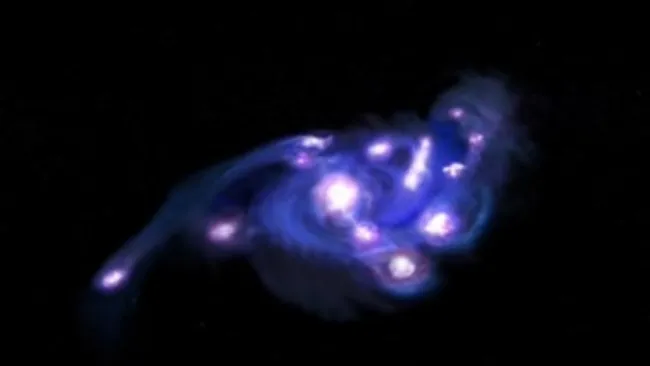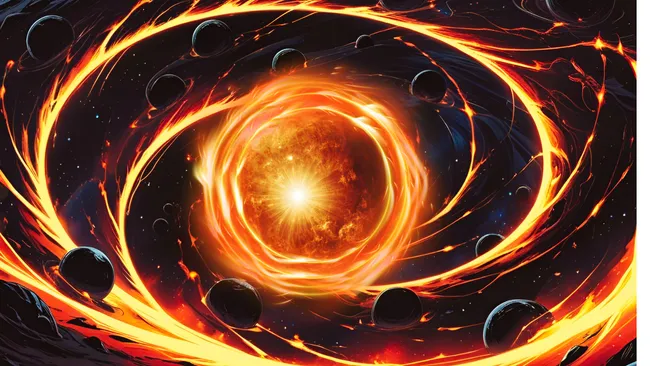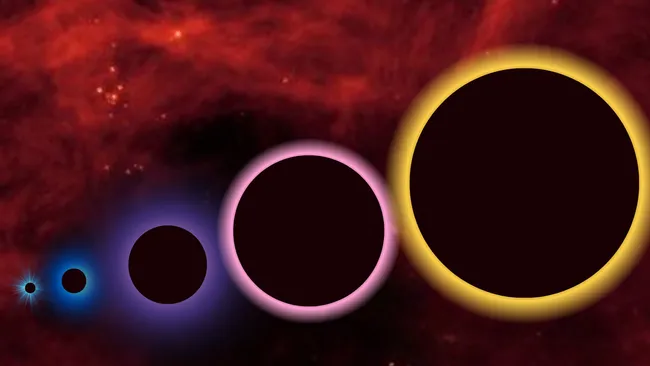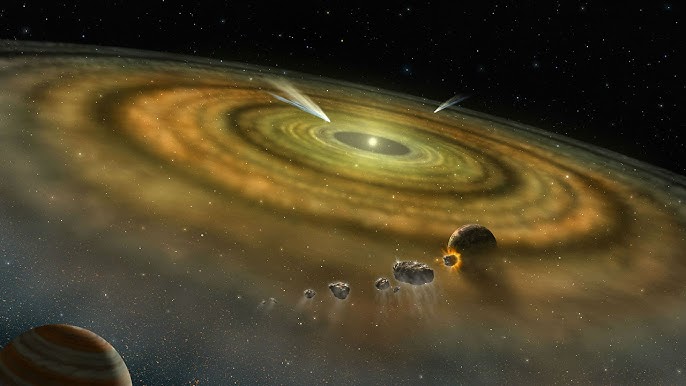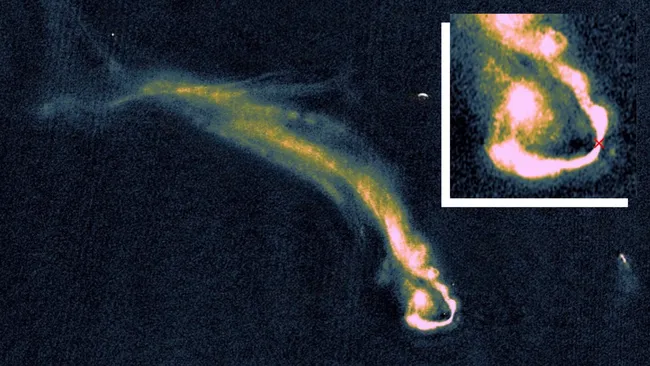Astronomers have identified a distant galaxy with an extraordinary structure: over a dozen tightly packed star-forming clumps resembling a bunch of grapes. This unusual galaxy, dubbed Cosmic Grapes, challenges existing theories about galaxy formation in the early universe.
Believed to have formed just 930 million years after the Big Bang, Cosmic Grapes contains at least 15 massive star-forming clumps within its rotating disk, appearing like bright purple grapes against the cosmic backdrop. The discovery was made possible through NASA’s James Webb Space Telescope (JWST) and the Atacama Large Millimeter/submillimeter Array (ALMA), using gravitational lensing via the foreground galaxy RXCJ0600-2007 to magnify the view.
“This is one of the most strongly gravitationally lensed distant galaxies ever discovered,” said lead author Seiji Fujimoto from the University of Toronto, who began the research at the University of Texas at Austin. He highlighted that the combination of strong natural magnification and cutting-edge telescopes allowed them to study the internal structure of a distant galaxy at unprecedented resolution.
Over 100 hours of telescope observations were dedicated to exploring the primordial galaxy. Earlier Hubble images suggested a smooth rotating disk, but ALMA and JWST revealed a richer picture: multiple dense, compact clumps of gas primed for star formation.
“Our observations show that some early galaxies’ light comes from several massive clumps rather than a smooth star distribution,” explained co-author Mike Boylan-Kolchin from UT Austin. This discovery provides the first clear link between a galaxy’s small-scale structures and its rotation, suggesting that many seemingly smooth galaxies may hide similar clumps.
The research was published on August 7 in Nature Astronomy.

